Hello everyone! This is Tara Looney from Looney's Literacy. I know this may find a lot of you already on summer vacation so the topic of fluency may be far from where your brain may be. If that's the case, and you find these tips helpful you can always pin this and come back when you're ready!
How do you teach fluency? My first and easiest response was reading aloud and modeling. Yes, this is one way to teach fluency. But another, very important way to teach fluency is repeated reading.
I want to clarify a few things before I get started. One, there is a difference between teaching and assessing fluency. When you assess fluency you listen to a child read for one minute from a passage they've never seen before. When you teach fluency (I'm talking: fluid & accurate reading) you not only model but you give students the opportunity to practice what fluency sounds like in a text that they already know. Two, my purpose for reading aloud mentor texts is for them to hear fluent, expressive reading without any interruptions. So on a first read, I don't do any teaching. I may pause and ask rhetorical questions (model comprehension strategies) but we don't discuss. That's for the 2nd or 3rd read (which is for comprehension strategies that support fluency).
During my small group instruction time with my primary students, I always have my students preview the text prior to reading. This time gives them opportunities to look at pictures, think about the story and skim the text for words they may need to work on (which will aid fluency during reading). With my elementary aged and middle grade students (3-6), I have them go read it to themselves silently and then come back to the table to read it together. This helps support reading fluently when working together in small group.
If a group is still struggling to read a text fluently without hearing it first I read a page a loud and then have a student read the same page a loud. That way they know what the story sounds like. How many pages I read a loud depends on how quickly the group catches on and begins reading fluently without support.
With that being said, I would like to discuss one way the fourth grade teachers in my building teach fluency that supports an internal drive to be successful and get better. I'm not exactly sure where the strategy originates because it's been several years that one of the fourth grade teacher's brought this strategy back from a conference they had attended. But I still love it! It' s one of those timeless classics in education that may "swing" in and out but never really goes away.
We use Macmillan McGraw-Hill Treasures™ and in the past couple of years we've adjusted the program to work for our mission and building goals. We've adopted a 7-8 day ELA schedule (I love, love, love it!). It gives the teacher and the students time to really concentrate and work on different skills , including those they may need to continue to work on from past weeks'.
So what does this have to do with teaching fluency? This...the teachers use the short story before the main story to practice a variety of skills. On day one, the students read the short story to themselves for one minute. This "cold read" warms them up for day two and three. The students then work on the vocab. skills for the week. On day two, the students read the short story to themselves again for one minute. Then as a whole class work on the comprehension skills. By day three most of them are reading the whole passage to themselves in one minute. Most students really enjoy watching this growth occur over the few days.
On day one at the beginning of the year, the teachers teachers hand out a blue, yellow and red post-it flags. (These should last for a whole semester, with exception to those "few") The students read the short story to themselves and when the minute timer goes off they mark with the blue sticky marker. Day two, they will use the yellow marker and on day three they use the red.
You may be wondering how to hold them accountable if they are reading to themselves. The beauty of it all is, you don't. You talk to them about being honest and if they choose not to be they are only cheating themselves. This activity is not about comparing yourself to others it's about helping yourself get better. You may also want to remind them that fluency is not about how fast you read but how fluid you read. It should sound like you're talking. Let them know this will help them understand the story better also.
I hope this gives you some tips to take back to your classroom!








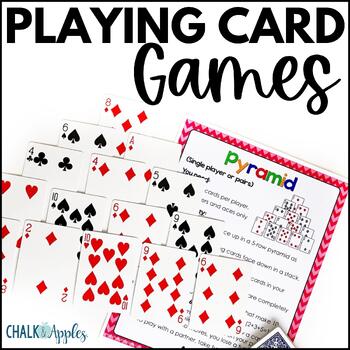
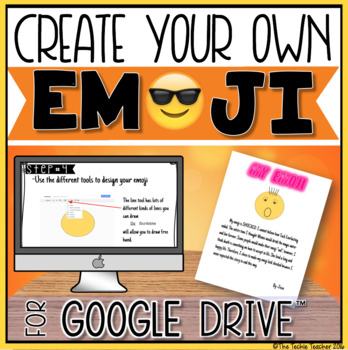
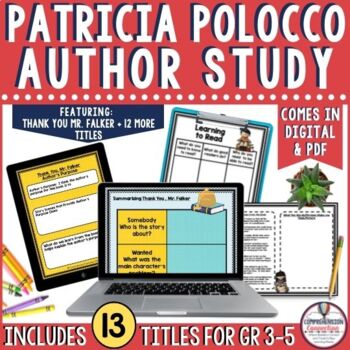

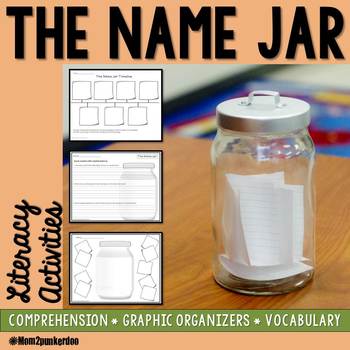

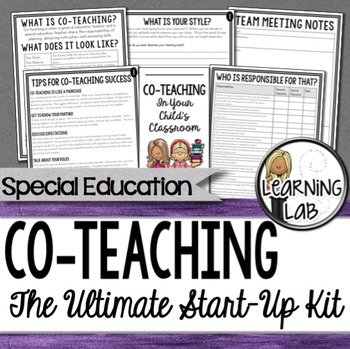
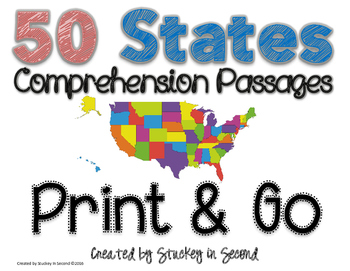
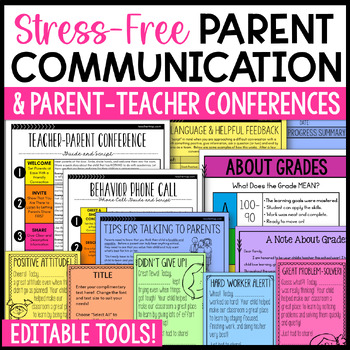
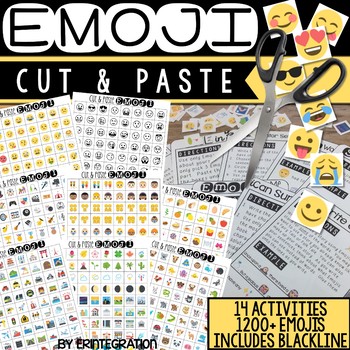
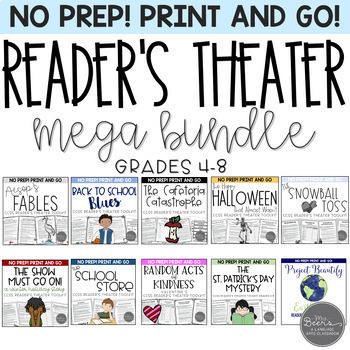
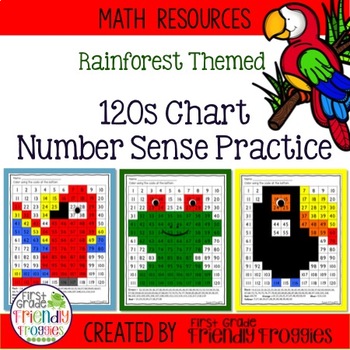























0 comments:
Post a Comment